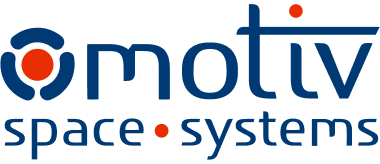
Powering your space robotic arms.
Lowering the cost of spaceflight through modular robot arm control software
Autonomous Robotic Satellite Capture
Grappling of space vehicle ground demonstration
OSAM-1 Ground Demonstration
On-Orbit Servicing
and Refueling of Space Vehicles
IVR & EVR
Serving Intra-Vehicular Robotics (IVR)
and Extra-Vehicular Robotics (EVR)
ISAM & SAML
Serving In-Space Satellite Assembly & Manufacturing (ISAM)
and Space Access, Mobility, and Logistics (SAML)

Flight Software & Developer Platform
Certifiable, flight-ready, and modular software for controlling robotic arms in space.
Our full autonomy and supervised autonomy-based solutions for robots in space have been designed with NASA JSC, NASA Ames, and the US Space Force to support high latency connections, enabling mission control to safely command robots from afar. We enable your space-grade robots to more safely and reliably do things too dangerous and tedious for humans to do in space.



Value Proposition

Reduce time
to launch

Enable rapid repurposing as
mission requirements change

Support new mission conops
with general purpose approach
Accelerate development
of new robotic capabilities
Save R&D costs by modular
software reuse (up to 75%)
Dramatically reduce the need
for a dedicated robotics staff
UI for supervised autonomy
eases transition from R&D to ops
Develop a robot hardware
agnostic solution














